Life happens at a million miles an hour for Justin Leov. In that respect, not a lot has changed since his days racing the World Cup downhill circuit. The day we meet, he bowls up to the airport pickup zone, chucks the window down, then leans out and asks if I’m Liam. I reply, ‘yep’, so he leaps out and gives me a stern handshake – you get a lot of these in the south. Justin hails from Blenheim, which is at the top of the South Island, New Zealand. We throw my bags in the back of his pickup and head to his digs.
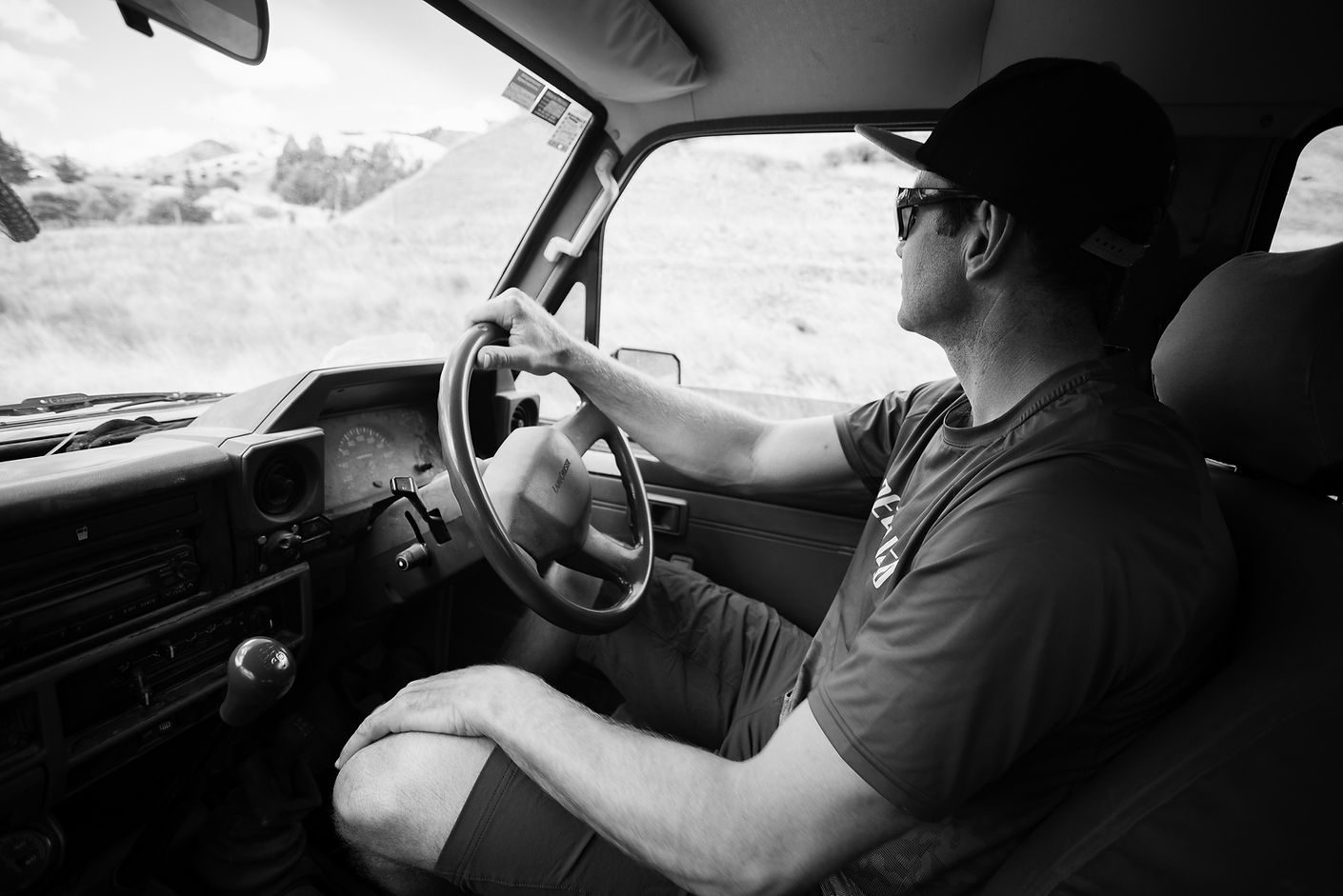
During this short ride, we cover most riding topics – and give the president of the local mountain bike club a call. I get the gist that Justin is always ‘on’ – his hustle is relentless. Our chat is mostly about bikes – and rightly so, as he’s made a bloody decent career out of racing them. But, more on that shortly. Justin’s stories, and his ability to relay them like they happened yesterday, is incredible. I scramble to take notes or record some of what he is saying, as we leap from topic to topic. Being in his company, you get a real sense of Justin’s energy and enthusiasm for the sport, and immediately I can see why he’s done so well.
After traversing some dry and dusty gravel roads, we pull into Justin’s property, Jentree. There’s a country-style house, a barn, a river, and a steep hill that sits behind the house. We jump out of the pickup in front of the barn, which is littered with property maintenance gear, bike paraphernalia and the old-school Land Cruiser he uses for shuttles up his hill. The race plates from his racing days are scattered all around and there’s even a wall dedicated to them. From Downhill, EWS and Crankworx, there’s either a race plate, medal, trophy or cheque (you know, those large, novelty ones). It’s evident Justin has excelled in his chosen sport, and I’m blown away by how much mountain biking history is encased within his barn.
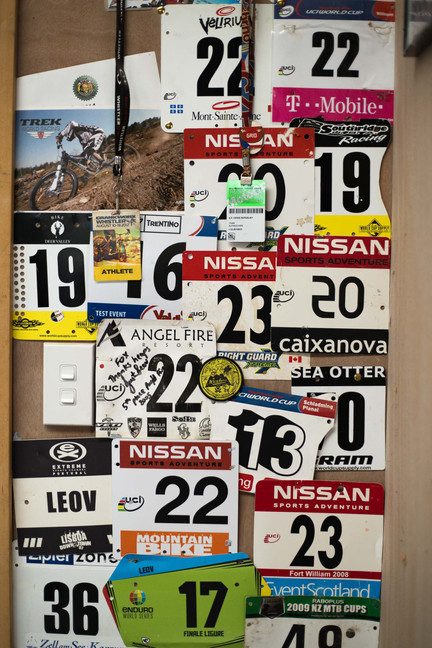
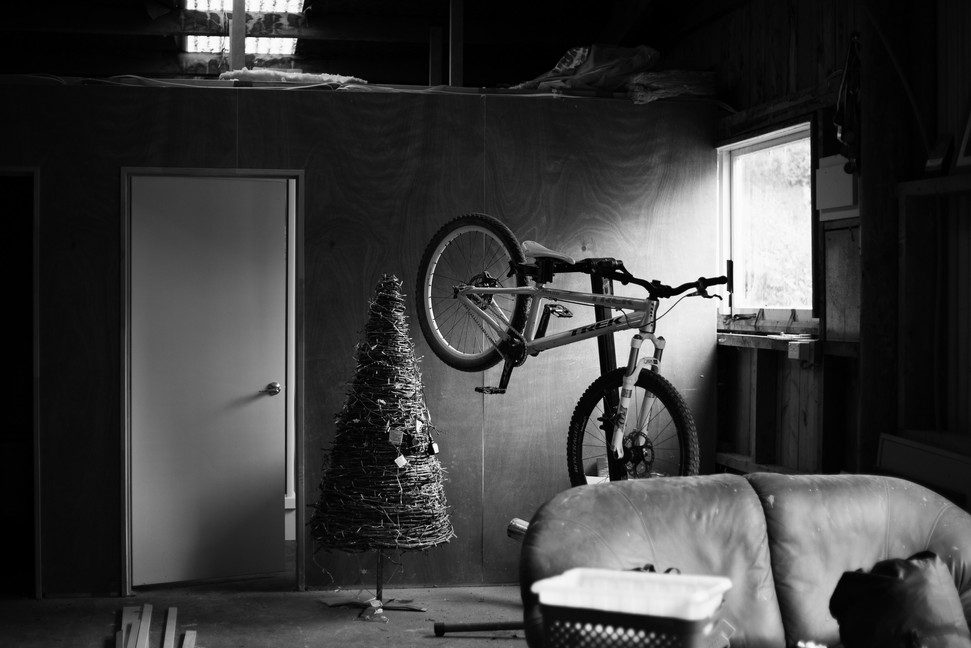
Justin is pro eMTB, and rides a Specialized Levo SL. Yes, he does have a pedal bike too, a Specialized Enduro, but these days most of his time is spent on the Levo SL. Justin reckons eMTBs have definitely established a place in the market. His Jentree property is straight up, so the Levo SL makes the climbs more fun and, when Justin gets home from his job as a builder, he can cut laps without anyone else having to shuttle him. What’s more, he can ride the descents swiftly, too. Of course, knowing a thing or two about racing downhill bikes helps, along with knowing trails on his property, but Justin explains that the Levo is much more planted on the trail, due to it being a little heavier. Put simply, it gets your centre of gravity a little lower.
“For me, the Levo SL is nearly the perfect bike,” Justin elaborates. “Being time limited with work, kids and trail maintenance, it simply means that when I can get out, I get twice as many laps in on the trails than when I’m on my regular bike. Being a lot lighter than the regular Levo, I find the dynamics while riding the Sl to be very similar to a regular bike (more playful and easier to manoeuvre). This, I believe, suits the rider who likes more technical trails and wants to ride with a feeling closer to their regular bike, yet also wants to get a whole heap more riding in for their time. I’d also like to add that my riding intensity doesn’t change, I still go flat out on the climbs like I have always done, it’s just that now I get there quicker.”
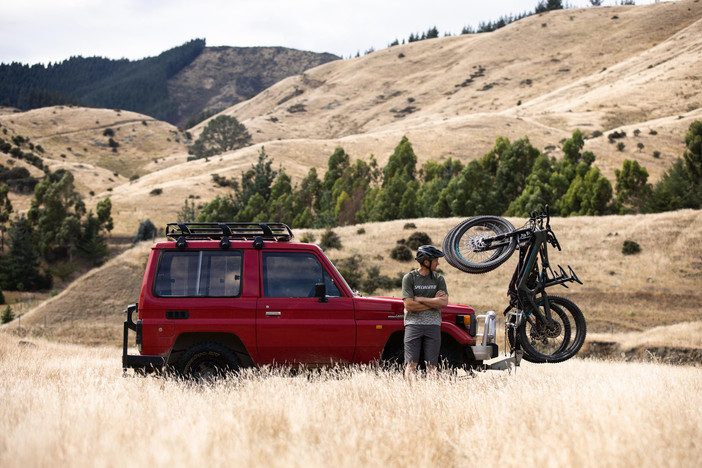
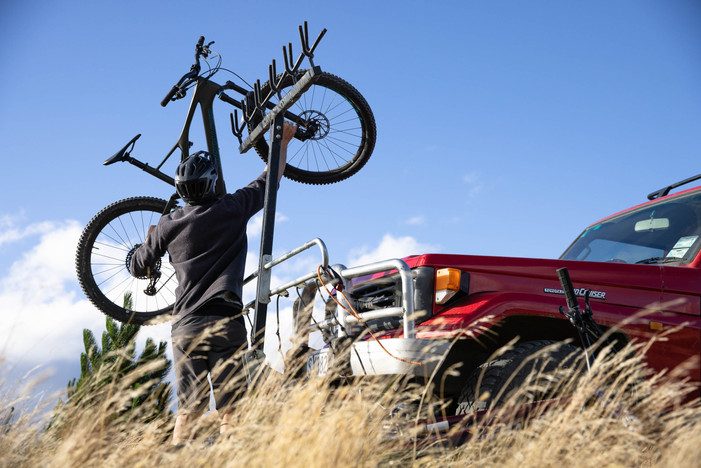
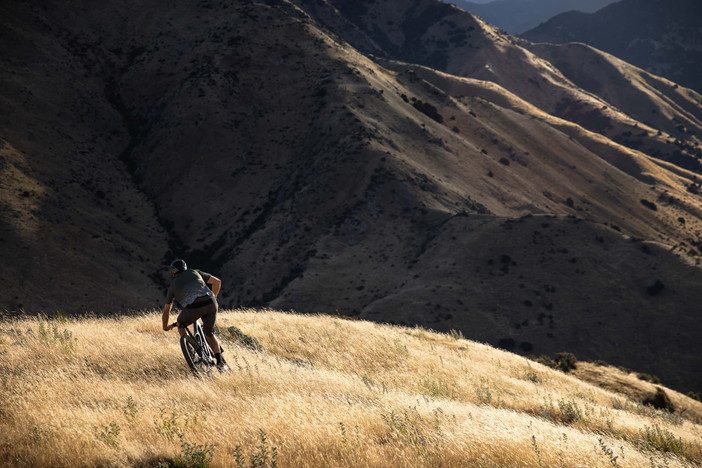
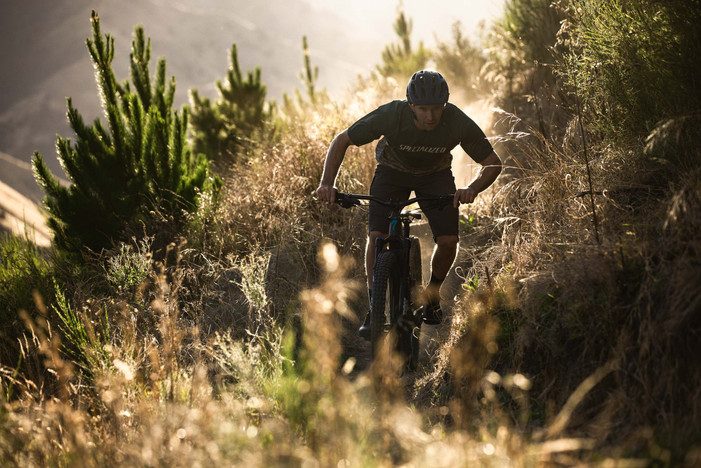
Justin spins some great yarns, but the conversation never wanders too far from his racing days. Of course, this is what I’m here to cover, but I could definitely spend more time just hanging out with him. He’s a top bloke who is also very humble, especially when you consider that his past is more decorated than most.
Let’s kick things off at the beginning, when he was first getting into riding, as a youngster. Mountain biking wasn’t on his radar initially; he was into motocross, but after some pretty heavy injuries, he moved away from it. It was at high school, Marlborough Boys College, where Justin was encouraged to give mountain biking a go. The youngsters would head out each Wednesday and explore the region’s trails and, on a few occasions, they headed to Jentree. There were a few groms who were keen riders, and they pushed each other – together, they headed off to races and events and started kicking ass.
Justin kept up the training and would ride from his place, across to Jentree (where he now lives), and cut laps until the evening light ran out. This was his daily routine: just getting his skills up and riding as much as he could. At 14, he entered his first Nationals on the West Coast. The hard, gnarly and technical track didn’t put him off and, after this race, he was hooked. As he started to race more, his skills improved and he took his first Junior National title at Jentree in the coming years. Oceania Champs followed, and soon Justin had hustled some businesses around Blenheim to support a trip to Europe: the good folk of the region backed him, and off he went. The plan was to hit the ground running with the World Champs and World Cup finals. Long travel and hectic schedules didn’t distract Justin at the World Champs in Kaprun, Austria, where he was 10th overall (racing as a junior) in his qualifying run, with a stacked field, and 20th in his race run. A week later, he was racing in Les Gets, France in the Open Men’s field (back then there wasn’t a junior class) throwing solid runs and placing well in the qualifier to eventually end up 40th in his race run. Justin returned home, but was yearning to head back again. The very next year, he did just that.

The plan was super loose, but Justin was determined to make it. Alpe d’Huez stands out for him that season, not only because he wore a skinsuit and placed 9th overall, but because he met Jason Marsh, a Kiwi living in Morzine who was hunting for different ways to do things (he would go on to work as Greg Minnaar’s mechanic and create MarshGuard fenders). At 17, Justin was still trying to work out what made him tick. Building anger before races was discovered by Marshy (Jason Marsh): he started annoying Justin before his run, and it worked. Being pissed off and getting aggressive before races made Justin ride harder. Justin recalls a time later on in his career, when he asked SRAM for a new derailleur and they wouldn’t help out. This fuelled his anger and was part of his process. “Everyone has their things, but learning this helped me early on. Also, work rate means a lot and you’ve got to have the want and desire. You’ve got to have the mongrel. Sometimes natural talent will be taken away by hard work,” Justin explains.
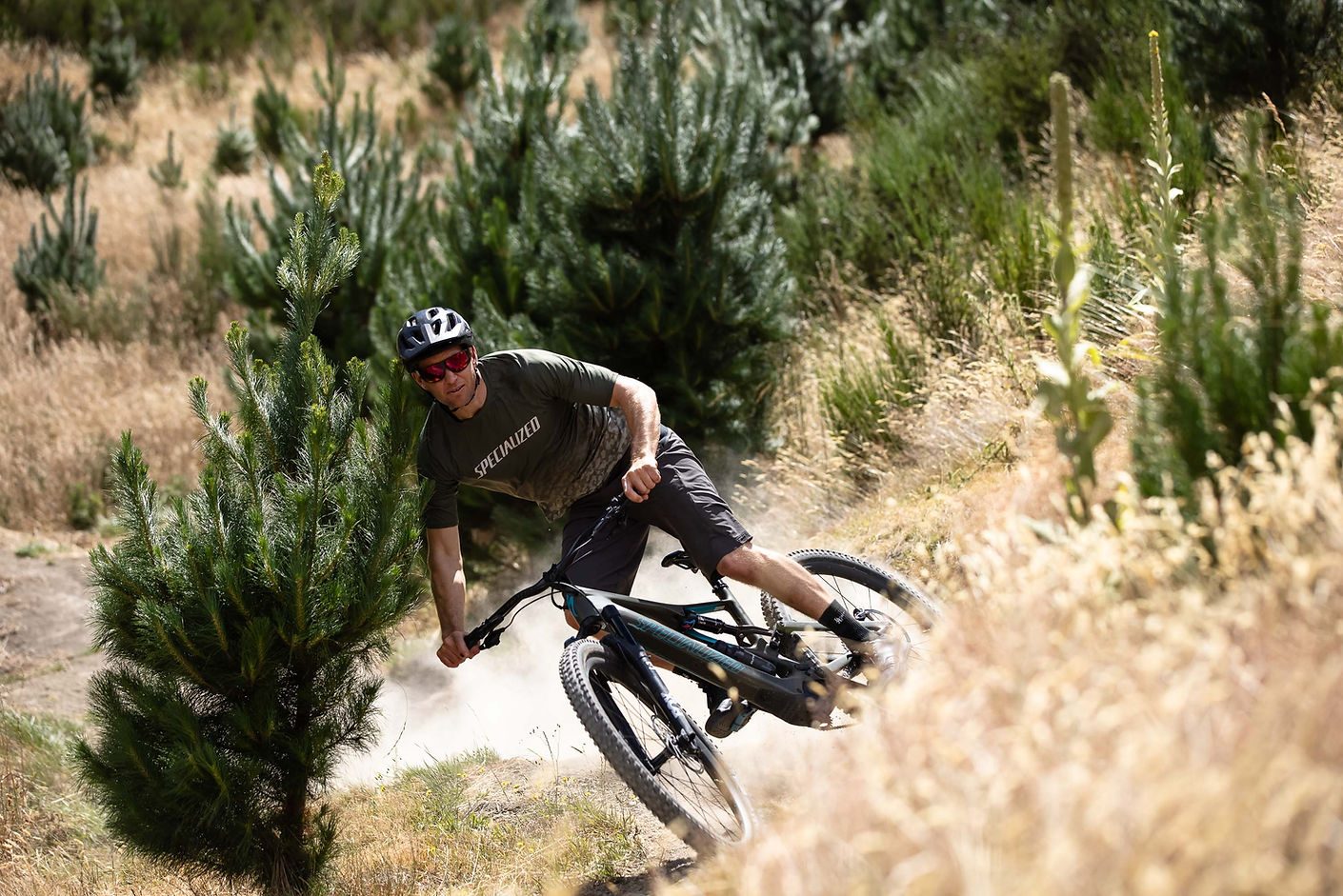
From showering in a bike wash, to sleeping in vans and doing just about whatever it took to get from race to race in Europe, built Justin’s character for the years to come. By 2005, he was riding for a small Swiss team, called the Suspension Centre Team, owned by Gery Peyer. It wasn’t a salaried position, but Gery gave Justin a place to stay as well as transport and a Turner to race on. This was the year Justin made himself known on the world stage, placing on the podium in USA and rounding out the year in 15th overall. After this, he started getting noticed, and signed with Martin Whiteley as a manager. Martin helped land a deal with Yeti for Justin’s 2006 season. The enthusiasm and stoke of making it was there but, unfortunately, it was short lived, with an injured shoulder during a 4X gate start in Spain, where he didn’t understand what the medical staff were saying. He punched on for the rest of the season before eventually getting surgery when he returned back home. The following seasons were much better and Justin snagged 10th overall finish in 2008. Martin then asked Justin to join a few team; Trek World Racing, with the likes of Tracy Moseley and Aaron Gwin. This was a well-oiled and organised programme. “You need to figure out what you need to do win – a lot of kiwis did well at home, but struggled with the stress abroad.”
After a few years riding at the highest level in downhill, Justin’s enthusiasm for it dwindled. The demands were high from constant training, intense races (with no room for error), hectic travel schedules and the stress of it all. He felt burnt out, threw in the towel and retired in 2012. Finished with racing, Justin returned home to start a building apprenticeship.
But, as it so often does, racing bikes soon lured him back in.
There was a new discipline on the scene: enduro. Justin was happy at home; he was completing his building apprenticeship and had been off the bike for a while, when Martin called and (eventually) convinced Justin to give this enduro racing a go. Relenting, Justin flew back abroad and, sure enough, finished 4th in his first race: that was enough to hook him. Shortly after that, Trek Factory Racing offered him a deal where he could race enduro and help out trackside with downhill rounds. It meant he’d be up at 5am training for himself, then helping out on the downhill racers, followed by a gym session in the evening. It’s not hard to imagine how this got a little too busy after a while, and Justin felt he couldn’t give it his all, so the following season he scaled back and focused solely on racing.
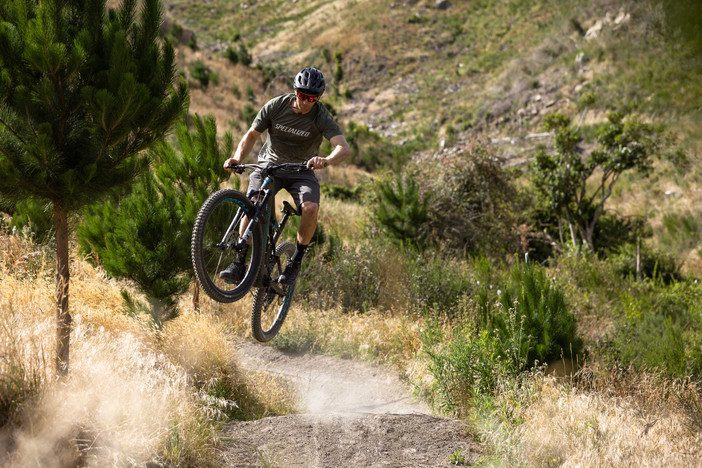
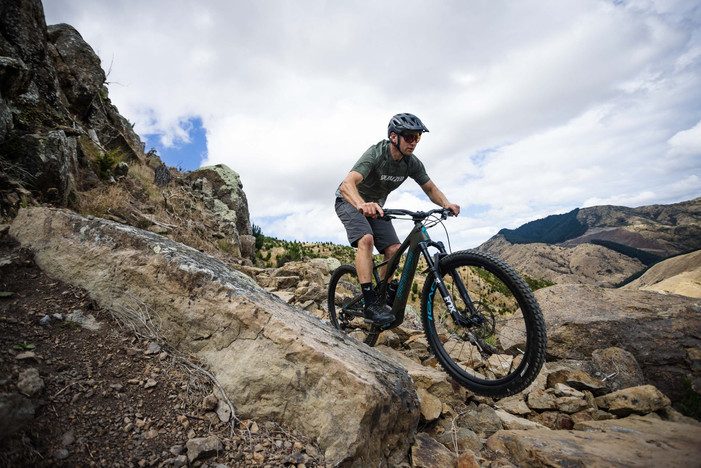
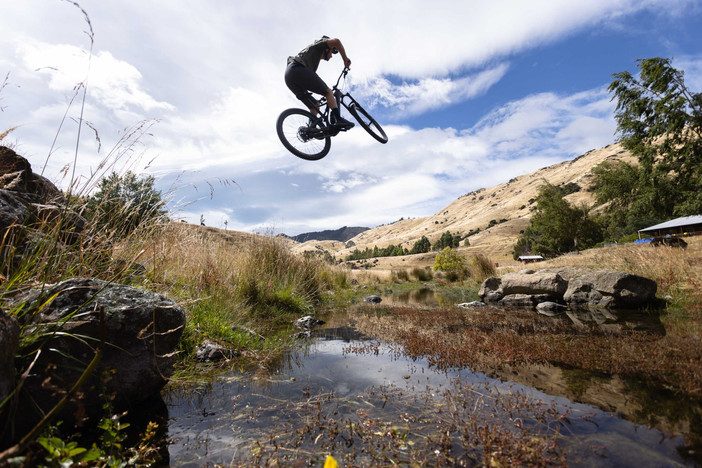
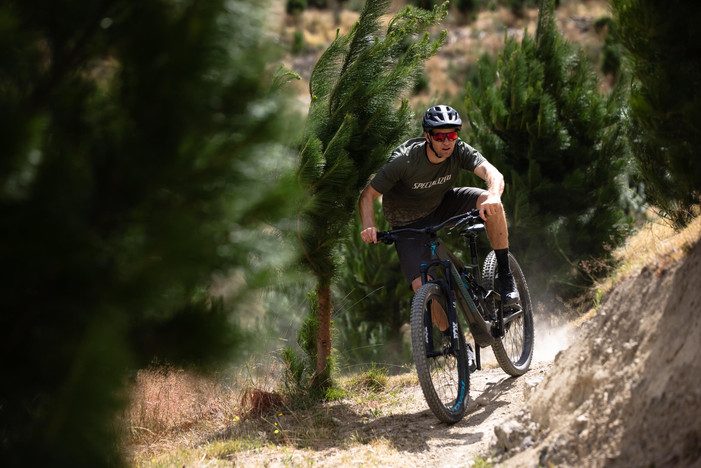
Justin says these were some of the best years of his racing career, on reflection. He had a great relationship racing with Tracy Moseley and there was great support with the team. The Trek engineers were also so invested in developing the best product for racing; they would use rider feedback as much as possible, and Justin and Tracy were behind the 29er movement before it was widely popular. They helped develop the Remedy 29er and the Slash 29er. And his racing? It was going really well, especially aboard the Remedy 29er – he took third overall in the 2014 EWS. That same year, Tracey won it. The next year, Justin’s focus was on taking the win. He won his first EWS round in Scotland and held the lead with the series but, luck wasn’t on his side when he crashed in Whistler, dislocating his shoulder.
There’s no doubt Trek were a massive part of Justin’s career, and it was hard for him to move away from the team. However, when you’re a sponsored athlete, the window of being able to earn highly is only open a short time. After some serious consideration, Justin signed with Canyon in 2016. Trek had the opportunity to match what Canyon offered, but couldn’t, and told Justin it was too good to turn down. He still had the mongrel and fight but, on the first Canyon training camp, he caught glandular fever. In order to fully recover he needed to return home and be off the bike – for at least six weeks. The first few weeks, Justin could barely make it off the couch, a concept which was not only hard physically, but mentally too. The next few years didn’t go his way, due to health reasons and Canyon not moving with the times in regards to having a 29er race bike option. The time came to retire, again, and head home to complete the building apprenticeship – Justin was fed up with the bike. “Reflecting on my career, everyone is driven differently. For me, I was focused on racing and missed most of the social occasions. You have to give it 100%. Find where you are – you can try and change yourself to fit a model, but you’ve got to see what’s best for you.”
Justin was back on the tools, building and living in Blenheim, when he caught wind that the Jentree property was for sale. This was enough to ignite his passion for riding bikes again. Justin, his wife Victoria and their two kids, Annabella and Luca, moved in.
“Jentree got its name from the previous owners, John and Jenny Meek. John was referred to as ‘Track Man John’, and was the creator of the cross country course. When Victoria and I bought it off them, we decided to keep the name as a tribute to John and Jenny’s hard work. The original cross country was, at the time, more technical than most other courses, so it developed that reputation. My first ever mountain bike race was an XC here, and it had a climb so steep you had to shoulder your bike and climb up it by foot. It was so cool to see something like that in a course, you don’t really see that often anymore. John loved naming sections and locations; the DH was called The Mangler, true to its name it also delivered. Digger-built trail didn’t really exist at this time, so the closest we had was my dad pushing a few cuts in the hill with a bulldozer. These would be named “Leov Lane”, and the pond at the top of the hill was also built by my old man and named Gladys’ Pond – after John’s mother. There were definitely a few degrees of connection to this property for me, and being able to purchase it from John and Jenny really brought it back full circle.”
The place needed a bit of work, and the trails had been left for years, but Justin just chipped away on things at a slower pace. Justin takes pride in the property, and the Jentree trails are unique. It’s clear to see that there’s plenty on for Justin these days, but he gives me ample amounts of his time. Heck, we even stop at one point when we’re shuttling the trails so he can offer me some skills coaching. Yep, he coaches mountain bike skills too – well, there’s not much he doesn’t do! The tips he gave me have made my riding a whole lot better, and I’ll be giving him a call again for sure.
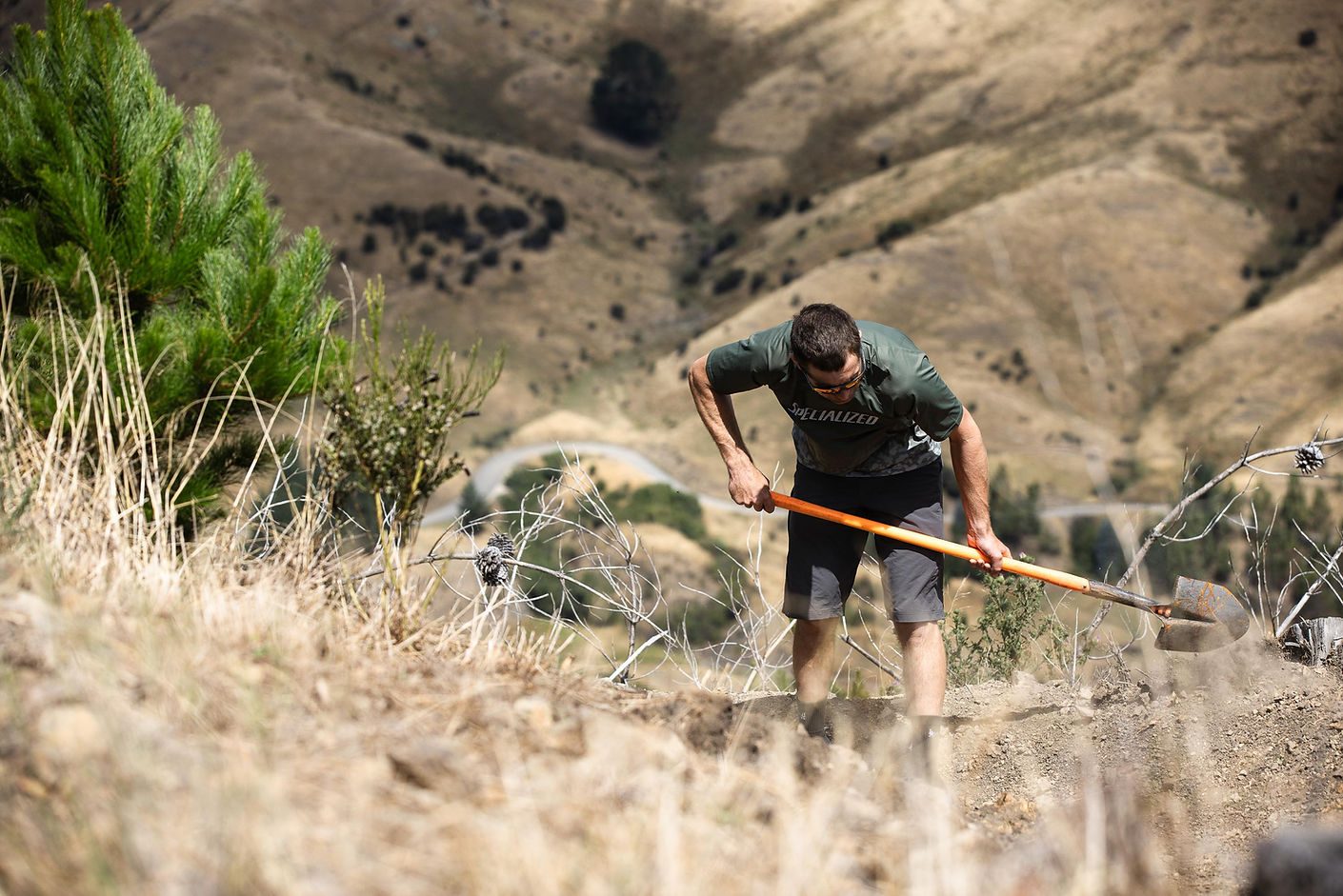
Justin’s wife, Victoria, welcomes me into their family home and I quickly learn that she’s his most dedicated supporter and has been by his side throughout his whole career. It’s clear to see that Justin’s performance at the highest level has been backed by Victoria holding things down on the home front and, importantly, keeping things balanced. Of course, there’s been some rocky moments, but Justin says they’ve learnt over the years: it’s not easy when you’re pro, often miles from home, focusing on riding bikes – sometimes there’s not much room for anything else. For Justin and Victoria, years of phone calls progressed to Skype calls and seeing how best to work a long distance relationship.
It takes one hell of a driven person to pursue a sports career at the highest level and, without doubt, Justin is one of them. But, his humbleness remains, even after being one of our most decorated mountain bike riders. It’s clear to see the lessons learnt from racing abroad are applied to many aspects of his current life. His support network is solid and his passion for the sport, and giving back to the next generation, is what stands out.
Words: Liam Friary
Images: Henry Jaine

